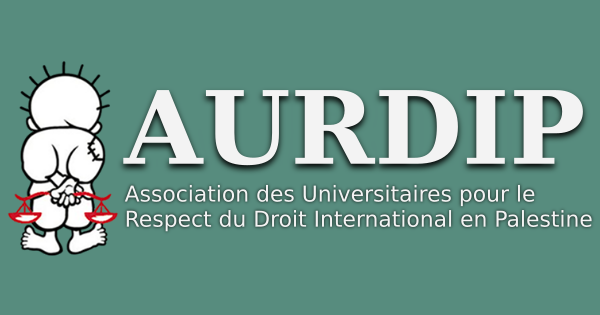Activists succeeded in temporarily halting Israel’s archeological dig in Hebron’s Tel Rumeida. As in other occupied Palestinian territory, such as East Jerusalem’s City of David, Israel is using archaeology to expand and legitimise settlements in the heart of the West Bank’s largest city.
Led by the Hebron municipality and governor’s office, together with members of the Committee for the Defense of Hebron, Palestinian and international activists protested Wednesday morning against what they call the “theft of land by settler ‘archaeologists'”. The protesters succeeded in halting for several hours the earthmoving and excavation of land in Tel Rumeida, excavations which extruded into land on which the Abu Haikal family have lived as protected tenants since 1949.
Local residents know the archaeologists will be back. Speaking with the AIC, Hisham Sharabati of the Hebron Defense Committee stated that Hebronites “will continue to protest against this project, and all rights violations perpetuated by settlers in the city”.
This resistance is conducted in tandem with a petition against the dig, submitted to Israel’s High Court. A verdict has yet to be issued in the case, and the court has not ordered the dig to be delayed until a decision is rendered.
While financed by Israel’s Ministry of Culture and Sport, the dig was undertaken at the initiative of Israeli settlers in Hebron. The dig, the fourth in Tel Rumeida, is carried out by the Israel Antiquities Authority (IAA) and the University of Ariel, located in the West Bank settlement of Ariel.
While David Wilder, spokesperson for Hebron’s settlers, claims all decisions related to the excavations are made by the IAA, the settlers plan to establish an archaeological park on the site upon conclusion of the dig.
The Civil Administration told the Israeli newspaper Haaretz in January that “The Antiquities Authority has been carrying out rescue excavations in Tel Hebron, following the Hebron settlers’ initiative to develop an archaeological park open to the public. The administration is endeavoring as a matter of routine to protect, develop and carry out rescue digs regardless of the future of these sites and the arrangement to be carried out in the future”.
While Israel presents these as “rescue digs”, already in the late 1990s the IAA was involved in an excavation of Tel Rumeida, on top of which permanent housing for the Ramat Yishai outpost was constructed from 2001.
The Israeli archaeologists’ group Emek Shave reports that many of the remains discovered in this previous excavation are now located under settlers’ houses and are features of a guided tour led by the settlers.
Palestinians note that the current excavation in Tel Rumedia will likely be used in the future to connect between the settlement outposts in Hebron’s Old City.
The use of ancient sites to attract visitors and strengthen the legitimacy of settlements is known from other areas, including the City of David in East Jerusalem and Sussiya in the South Hebron Hills. Emek Shave estimates that in the case of Hebron, the combined archaeological site and view of the ancient city of Hebron and the Cave of the Patriarchs will have just such an effect, with an especially powerful emotional component.
